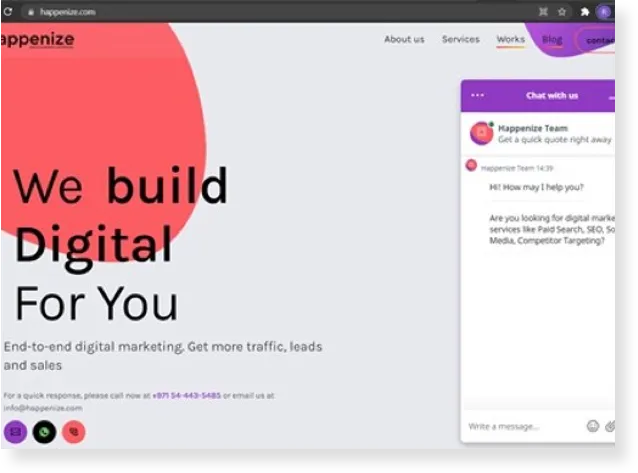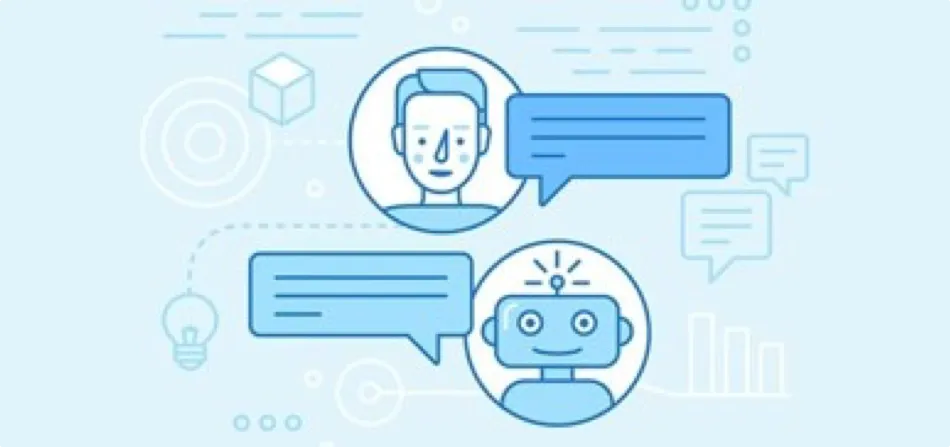A Chatbot, when not managed entirely by a human agent, uses configured rules to respond to queries, in a faster, straightforward, and inexpensive manner. They interpret client queries using keywords and are generally a good option when you wish to use it as an FAQ platform. Additionally, rule- based-Chatbots are also better equipped to integrate with legacy systems or older software and hardware. So now, with more than $5 billion invested in Chatbots, it’s no doubt that they are a great feature for optimization and prompt functioning of your platforms. In the sphere of digital marketing and web development, Chatbots or live chat features have become an essential part of a website. Adding a live chat feature gives your visitors the ability to contact, enquire and discuss product or service details efficiently and in real-time. Besides customer support, live chats can also be a useful tool to generate leads, and potentially, increase sales for your brand. If they haven’t made a purchase yet, you can always use their contact details to reach out and remarket to them in the future.

“
Taking it one step further, we have now incorporated
artificial intelligence into Chatbot systems making it a
100% automated system.
“
Now NLP doesn’t just make it possible for computers to hear and respond, but also read text and respond aptly. This exact technology is what we use in AI Chatbots. It allows your website visitor to type in a question or a query, after which your Chatbot would interpret and respond to it aptly. The response could be text, an action that links to one of your brand’s online pages, an entry field, or a redirection to a human agent. Instead of having a team of employees manually responding to client queries, the Bot automatically resolves queries using machine learning and its knowledge from trainings. By not having a designated team to work your Live chat, and instead just a few crucial members who oversee the training and operation of your system, you cut costs that would have otherwise been incurred on recruiting, training, and compensating these additional staff members. You would now be able to focus your tasks more on your business’s core services.

